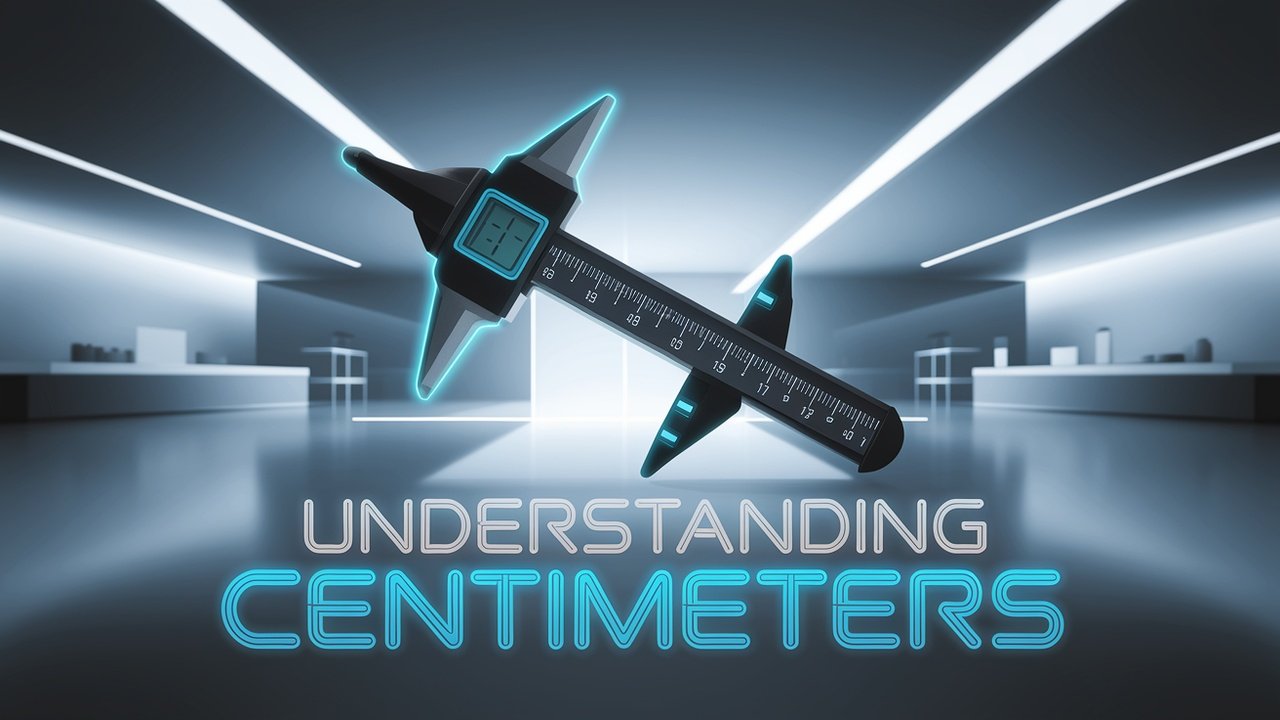Mastering the 3-Hour Half Marathon Pace: Training, Strategy, and Execution

Introduction
Completing a half marathon in 3 hours is a popular goal for many runners, especially beginners and those looking to improve their endurance. The half marathon distance—13.1 miles (21.1 kilometers)—requires a strategic approach to pacing, training, and race-day execution.
To achieve a 3-hour half marathon, runners must maintain an average pace of 13 minutes and 44 seconds per mile or 8 minutes and 32 seconds per kilometer. This pace requires a combination of endurance, proper training, and smart race tactics.
In this comprehensive guide, we will explore the necessary training plans, pacing strategies, nutrition, and mental preparation to help you successfully complete a half marathon in 3 hours or less. Whether you’re a beginner aiming for your first half marathon or an experienced runner looking to refine your pacing strategy, this article will provide valuable insights.
Understanding the 3-Hour Half Marathon Pace
A 3-hour half marathon means maintaining an average pace of:
- 13:44 per mile (min:sec per mile)
- 8:32 per kilometer (min:sec per km)
This pace ensures you cross the finish line in just under 180 minutes (3 hours). While this is considered a comfortable pace for many runners, it still requires proper training, endurance, and race-day execution.
Training for a 3-Hour Half Marathon
1. Building a Strong Base
Before starting a structured half marathon training plan, you should have a basic running foundation. Ideally, you should:
- Be able to comfortably run or walk 3-4 miles at a time.
- Exercise 3-4 days per week.
- Have at least one month of consistent training before starting a half marathon plan.
2. Half Marathon Training Plan for a 3-Hour Goal
A 12-week training plan is recommended to build the endurance necessary for a 3-hour half marathon. Below is a sample structure:
Week-by-Week Breakdown
- Weeks 1-4 (Building Endurance):
- Run/Walk Intervals: 2-3 miles at 14-15 min/mile pace
- Long Run: 4-5 miles once per week
- Cross-training: 1-2 days (cycling, swimming, or strength training)
- Weeks 5-8 (Improving Stamina):
- Run/Walk Intervals: 3-4 miles at goal pace (13:44 min/mile)
- Long Run: 6-8 miles
- Speed Work: Short bursts at a slightly faster pace
- Weeks 9-12 (Race Preparation):
- Run 4-6 miles at goal pace
- Long Run: 9-11 miles
- Taper in the last 2 weeks to reduce fatigue
3. Long Runs and Their Importance
Your long run is the most important workout for half marathon training. Gradually increasing your long-run distance builds endurance and prepares your body for race day. Aim to run/walk up to 10-11 miles before race day.
4. Strength Training and Cross-Training
- Strength Training (2 times per week) improves endurance and prevents injuries.
- Cross-Training (cycling, swimming) helps maintain fitness without overloading the legs.
Pacing Strategies for a 3-Hour Half Marathon
1. Even Pacing Strategy
Maintaining a steady pace of 13:44 per mile is the best approach for most runners. To achieve this:
- Start slow and controlled.
- Use a run/walk strategy if needed.
- Keep a consistent rhythm throughout the race.
2. Negative Splits Strategy
Negative splits involve running the second half slightly faster than the first. A recommended pacing breakdown:
- Miles 1-6: 14:00 per mile (conservative pace)
- Miles 7-10: 13:45 per mile (steady effort)
- Miles 11-13.1: 13:30 per mile (slight push to the finish)
3. Using a Run-Walk Strategy
A run-walk strategy is beneficial for those aiming for a 3-hour finish. Try:
- Running for 5 minutes, then walking for 1 minute.
- Adjusting intervals based on fitness level.
Race Day Preparation
1. Nutrition and Hydration
- Pre-Race Meal: Eat a balanced meal with carbs and protein 2-3 hours before the race.
- Hydration: Drink water regularly in the days leading up to the race.
- Mid-Race Fuel: Consider energy gels or electrolyte drinks every 45-60 minutes.
2. Mental Strategies for Success
- Break the race into smaller segments (e.g., four 5K runs).
- Use positive affirmations (e.g., “I am strong, I can do this”).
- Stay in the moment and focus on your breathing and pace.
3. Race Day Gear
- Comfortable running shoes that are broken in.
- Moisture-wicking clothing to prevent chafing.
- A GPS watch or running app to track pace.
Common Challenges and How to Overcome Them
1. Hitting the Wall
- Avoid starting too fast.
- Stay fueled with carbohydrates and electrolytes.
- Use mental strategies to push through tough moments.
2. Fatigue and Muscle Cramps
- Stay hydrated before and during the race.
- Include electrolytes to prevent cramps.
- Stretch and foam roll after runs to aid recovery.
3. Weather Conditions
- Adjust pacing based on heat, cold, or wind.
- Wear appropriate clothing for the conditions.
- Stay hydrated in warm weather races.
Conclusion
Completing a 3-hour half marathon requires a strategic training plan, consistent pacing, and smart race-day execution. By following a structured program, incorporating endurance-building workouts, and staying mentally strong, you can confidently reach your goal.
Remember:
- Stick to a 13:44 per mile pace.
- Train with long runs, strength work, and a run-walk strategy if needed.
- Fuel your body properly and stay mentally engaged throughout the race.
With dedication and the right approach, achieving a 3-hour half marathon is within your reach. Stay consistent, trust your training, and enjoy the journey to the finish line!





